Why is music important, and can young learners learn English through music? Is it useful just in the warm-up part of the lesson, or can it be the focus of our lesson? Keep reading to find out how I facilitated an engaging music workshop. Then, let’s see what is learning English through music all about!
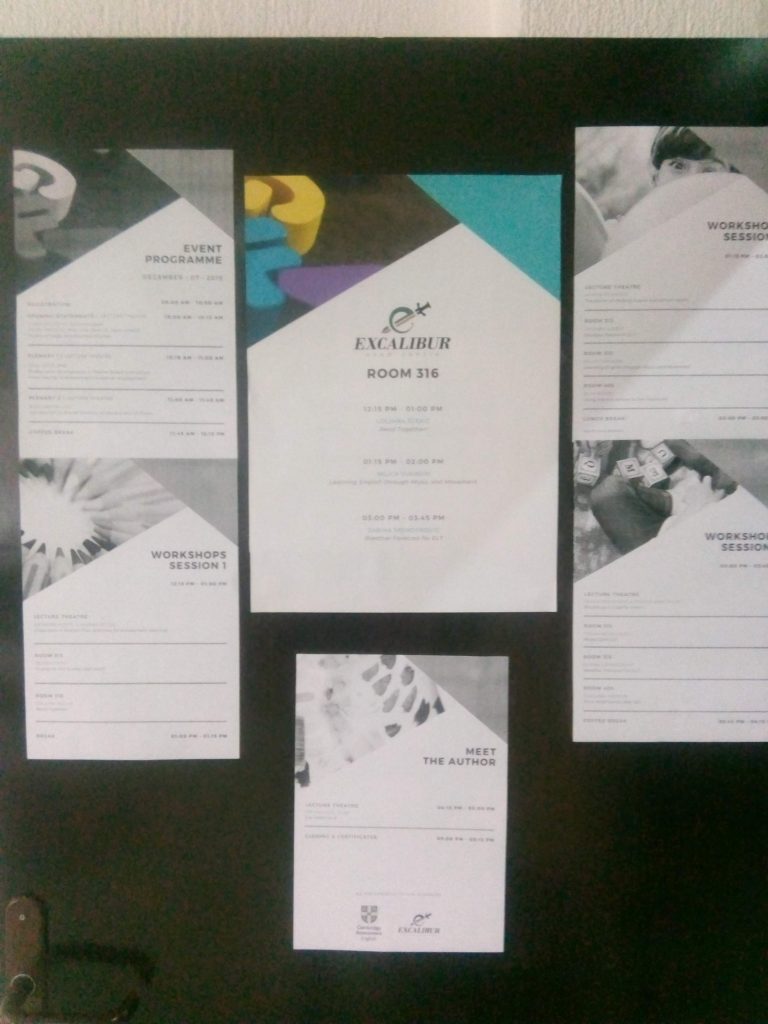
I’ve had the pleasure to facilitate a workshop on ELTA YL SIG Day: Game on! Engaging Young Learners conference. I will write a reflection about the conference and other workshops I attended in a separate post. However, this post focuses on our activities, what went wrong, and what was good.

Since the connection to theory and interactivity are the most important things for me in professional development, we started the workshop by discussing the benefits of music for young learners. I decided to separate the development benefits from language learning benefits to showcase that music is beneficial in general, not just in the ESL classroom. Sadly, I completely forgot my password to Mentimeter, so the participants didn’t see the results – I only read it to them.
Here are their associations with the benefits of using music to learn English with very young learners:
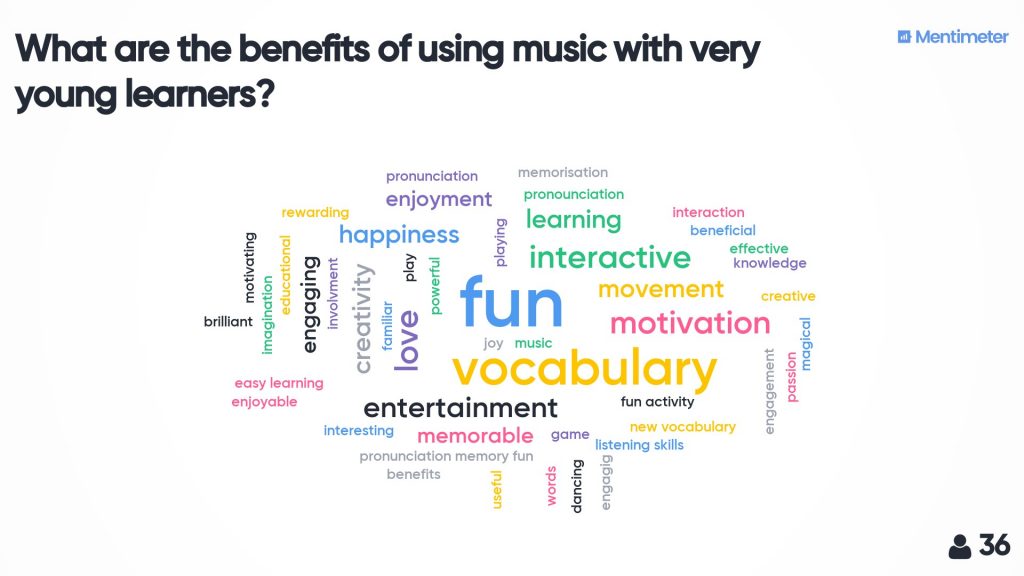
After sharing the participants’ associations, I briefly explained what the research says about the benefits of learning English through music. Song selection checklist and activities to engage students and recycle vocabulary came right after the benefits.
I presented the steps of effective scaffolding, which led me to post the two most important questions in this workshop:
- How to expand songs into projects?
- How to use songs in early literacy instruction?
Here are the short summaries of the full lesson plans with projects. I plan to write a full post about every activity as soon as I catch a breath.

Activity 1: Food orchestra – Are you hungry?

Activity 1 includes drawing feelings when hungry and flashcard games to see what is ”missing” and learning vocabulary. This activity also includes singing with movements, playing the keyboard to learn the song step by step, and dramatizing. It ultimately develops into a rhythmical orchestra. There are also ideas for additional activities.
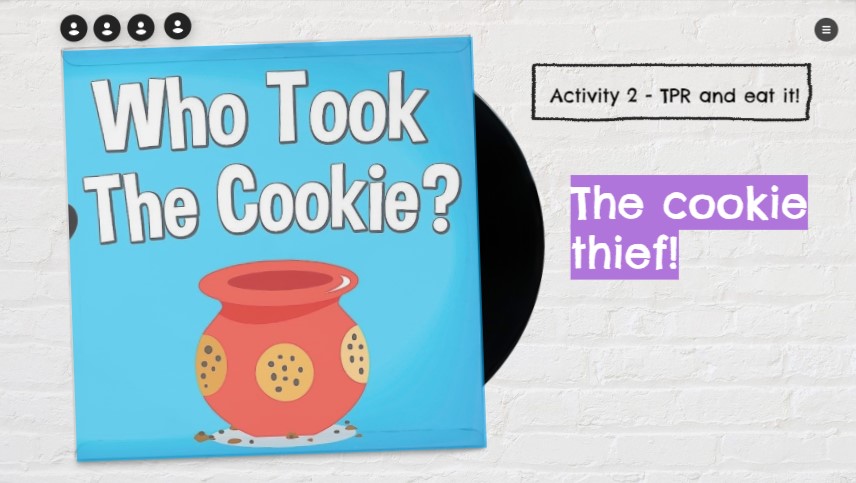
The activity starts with demonstrating the action verbs, using realia, changing the tempo and volume of the game, and finally making a recipe, translating it, and creating real cookies + other additional activity ideas. You can see the picture with the Cookie thief game we played in the workshop.

Activity 3- Music is physics – London Bridge is Falling Down
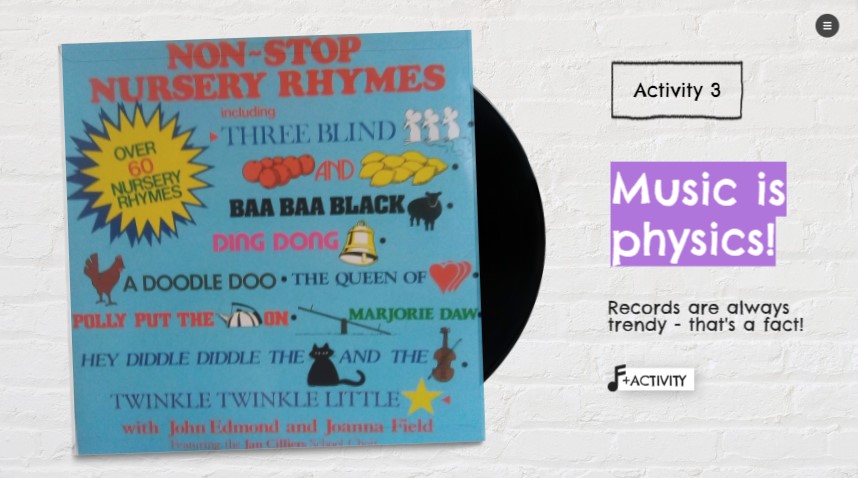
This amazing activity is an example of how we can start with a song, develop it into storytelling, and finish a project. I used a vinyl and record player to connect science and music created with the London Bridge is Falling. Learn the song step by step, read a letter the Fair Lady wrote to Mother Goose, and finally, build bridges outside, monitor what happens when it rains, and discover different materials!
Expanding the learning in the workshop beyond the conference
To expand the learning beyond the classroom, I shared a list of academic references I used to make the activities and a Padlet board. Then, I invited everyone to share one activity they brainstormed during the workshop. The goal was to create a collaborative board with activities we can all use right away in our classroom.
Here are some of the materials from the workshop, as well as the drawings the participants draw. The task was to draw how you feel when you are hungry or draw the ‘hungry’ feeling. :)

The workshop feedback
The workshop feedback was very positive despite me forgetting my password and the keyboard not working. One colleague shared her opinion saying that there were too many activities for participants to remember, while others said it was interesting and easy to follow.
I believe that this depends on the teachers themselves, specifically what they are used to when it comes to teaching methods. I have pondered hours before the workshop on various things, and I finally decided to focus on practical song activities while also giving ideas on how to introduce the song and expand it into a project creatively. Presenting various methods and different engagement activities with one song would be just too dull. This is why I decided to use three different songs to present different activities. I really appreciate constructive feedback, so thank you for stepping up and sharing this!
To conclude – YES, YOU CAN USE MUSIC WITH YOUNG LEARNERS TO HELP THEM LEARN ENGLISH BETTER!
Since we should all aim to be reflective practitioners and follow the post-method pedagogy, I appreciate it when offered further reading resources. This presents a chance to revise the content, so the participants can benefit from the additional resources I shared.
Have you ever considered taking the music in your classroom a step further and developing a whole project around it? Do you believe that music can promote early literacy instruction in young learners? Write in the comments or via the contact page what do you think about learning English through music!

Click here to explore my store where 99% of materials are forever free!
All the materials except lesson plans and 30+ page interactive activity books will be free FOREVER! Why? Because sharing is caring, and 2020 hasn’t been kind to all of us. Please consider donating so I can keep making FREE materials for everyone and keep my website open for all of you.
Don’t forget to leave a review when you download materials! It’s just a minute of your time, and it means a lot to me.
P.S. The store and the freebie library are not the same thing – the freebie library has some extra materials like conference presentations and webinar recordings which are not available in the store ✨
The subscription link for the store is below my bio in every post. ?
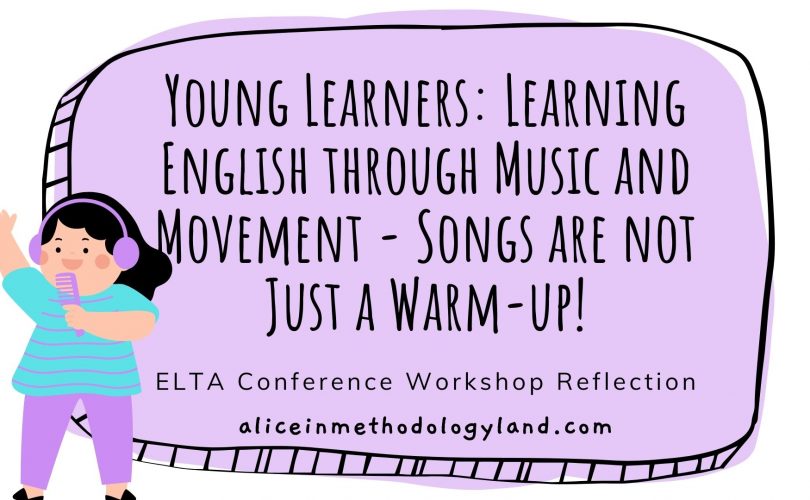
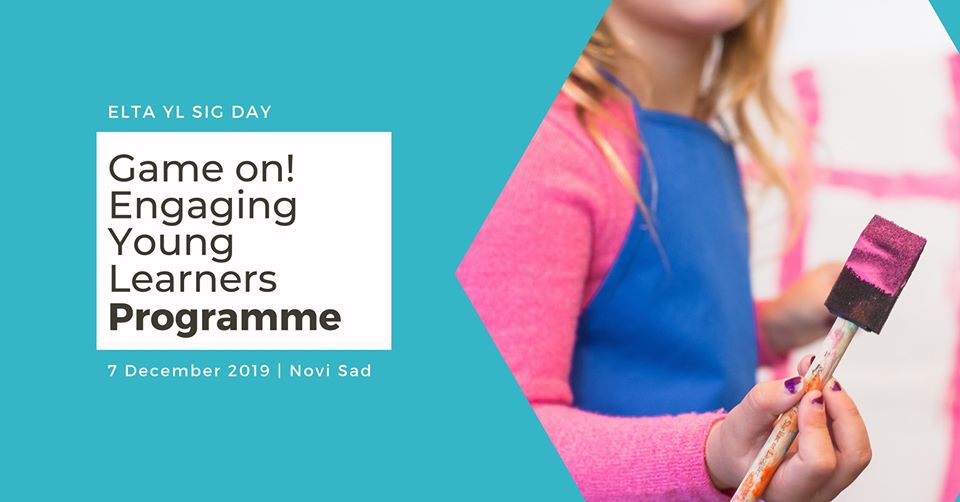
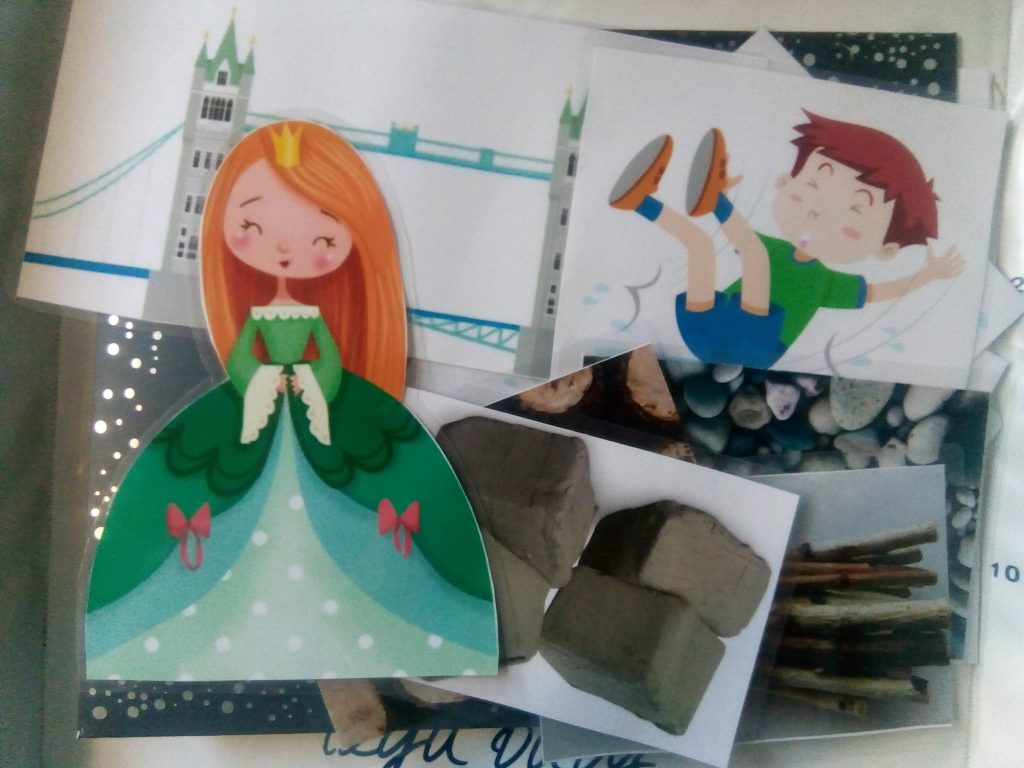



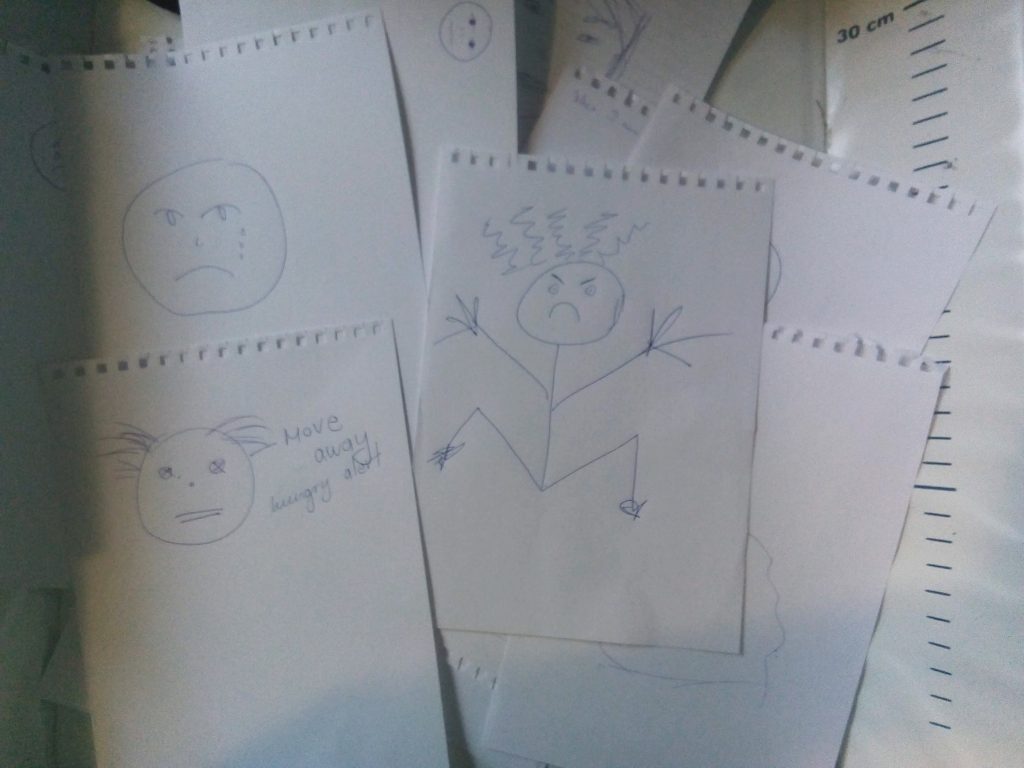


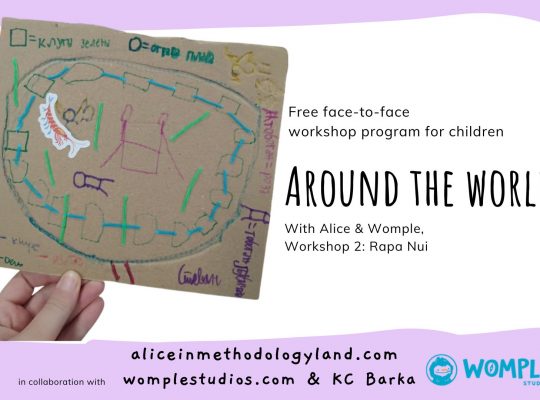
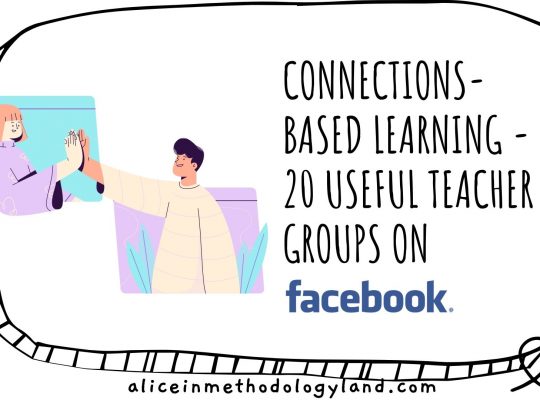
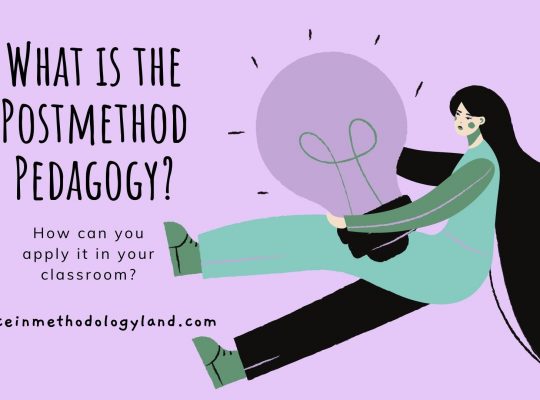
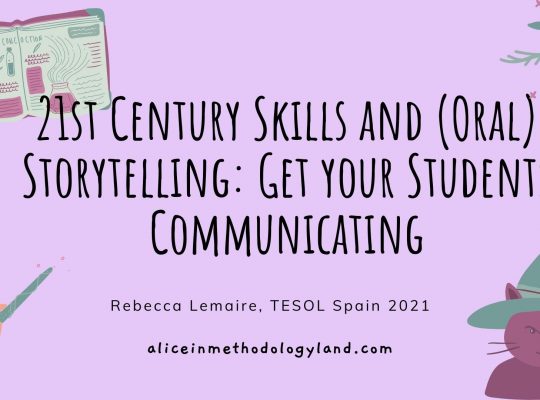


[…] Share your email below if you wish to get the presentation with 3 projects from my workshop at ELTA YL SIG day! […]
[…] Learning English through Music and Movement (workshop reflection); […]
[…] Learning English through Music and Movement (workshop reflection); […]